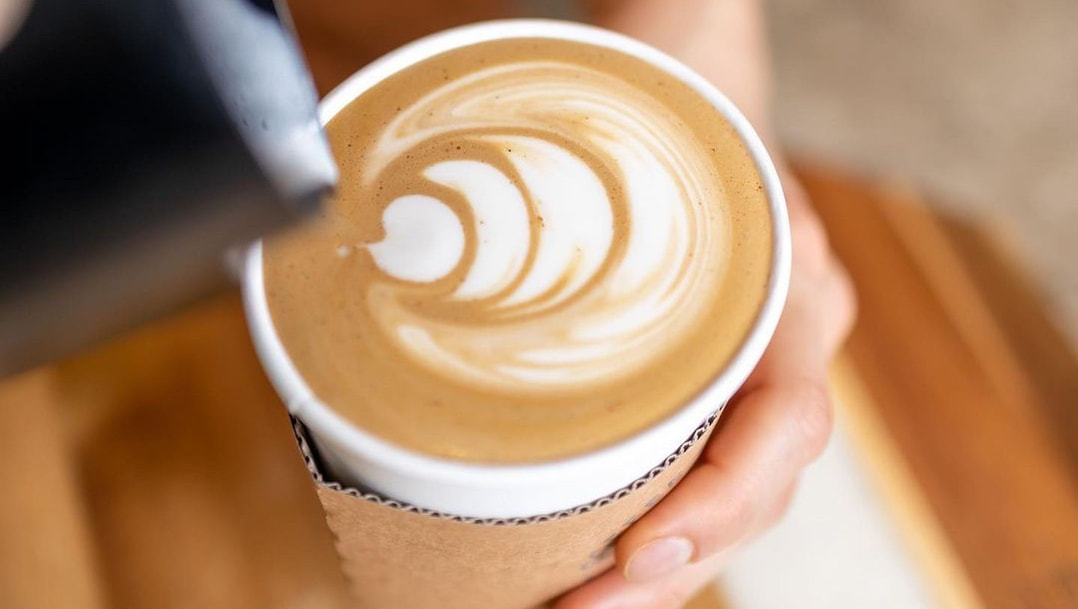|
Love our coffee and want to try them all, but don’t know where to start? Too busy to stop by whenever we have new coffee offerings? We’ve got you covered my friends! Most coffee roasters offer an automated coffee subscription, Coffee del Rey is no exception!
A Coffee subscription really does make your life easier. It’s one less thing to have to pick up at the store or keep track of. If you’re like us, you understand the importance of having freshly roasted coffee on hand to ensure the best possible tasting cup of coffee every morning. But who has time to constantly check how much coffee is left and if it’s fresh or not? Having a Coffee subscription minimizes the risk of running out, getting to the store on time, and even removes the burden of figuring out what to try next. When you become a coffee subscriber, you’ll receive freshly roasted coffee delivered right to your doorstep. You have the flexibility of choosing the frequency, amount and type of coffee you’d prefer. Some of the highlights of choosing to be a coffee subscriber with Coffee del Rey:
How does the subscription work? Signing up is easy, click on our Coffee Subscription link and follow the prompts to customize your order. We offer our coffee in 12 oz. bags, and you have the option to select either roaster’s choice, or a blend. By visiting our webpage you can see our current offerings along with a brief description of the coffee producer, origin, process type, and tasting notes. The roaster’s choice option will ensure you receive a different offering with every shipment. The blend option is recommended for those who prefer a darker cup of coffee or an espresso. Next let us know how much coffee you’d like to receive. One bag will typically brew two cups a day for one week. What if you want to make changes? We understand that life happens, needs and preferences change, and some things just can’t be helped. We’ve got you covered. You can make changes to your selected preferences by simply logging in, shooting us an e-mail, or giving us a call to let us know! You can decrease, increase, or change your order preferences, pause your subscription, or even cancel without any penalty or further commitment. Coffee subscriptions are a flexible and convenient way to ensure you never run out of coffee at home and always have the freshest coffee on hand to brew. Our subscriptions also make a wonderful gift for the coffee lover in your life. If you’re ready to experience the convenience and flexibility of a coffee subscription, head over to our subscription page and start enjoying the best Coffee del Rey has to offer! Happy Brewing!
0 Comments
9/27/2020 1 Comment Elevation and CoffeeWhat does Elevation Have to Do with Coffee Flavors?
Have you ever been curious about the numbers with the little “M” on your coffee bags? Or have you ever gotten an Ethiopian coffee and wondered what made the cup so bright and complex? Both have to do with the elevation in which the coffee bean was grown. It may sound like a rather irrelevant piece of knowledge, but elevation actually has a huge affect on the temperature and water of the growing climate, which lead to more developed flavor profiles. It's important enough that we put it on our labels. Temperature Most specialty coffees grow between ~1200m and ~2300m because that creates an ideal temperature for them to grow. Going too high will expose the coffee plant to too much cold. Going too low will cause negative effects from the heat. The cooler temperatures found between the 1200-2300 range slow the growth of the coffee cherry, allowing it time to mature and gather more natural sugars to produce complex and tasty flavor notes. Water Water doesn’t like to hike. It always and only flows down mountains. For coffee, this means that growing in the middle or near the top of the mountain helps the coffee plants take in less water. They just have better drainage than those in lower settings. Less water means more concentrated flavors developing within the coffee. It pretty much avoids being “watered down” during the growth process. How does elevation affect my coffee, though? These two factors help bring about those vibrant, complex flavors that make speciality coffee so delicious. Higher elevations often lead to those vibrant flavors, like our new Ethiopia, which is grown at 2200 meters and has hints of blueberry, pineapple, and rose water. These kids of fruity and floral notes are pretty common as the slower maturation process allows for those natural sugars to develop within the coffee cherry. Lower elevations often produce more subtle coffee with chocolatey or nutty notes. You could think about our Brazilian coffee, which grows at 1300 meters. More earthy tones might come out as well, especially when you get to Southeast Asian coffees. Our Papua New Guinea boasts notes of cloves and cedar and grows at 1800 meters. So does this mean the higher the elevation the better the coffee? Not necessarily. Some of it comes down to preference. Some people want a vibrant cup. Others want one that tastes consistent and smooth. You can’t go wrong with either one. Your best bet is to try out a few different ones and see what you like best. As long as you’re staying above 1200 meters, you should be in the clear, and you’ll never find something lower than that on our shelves. Written by: Joseph Honescko |
Search by typing & pressing enter


 RSS Feed
RSS Feed